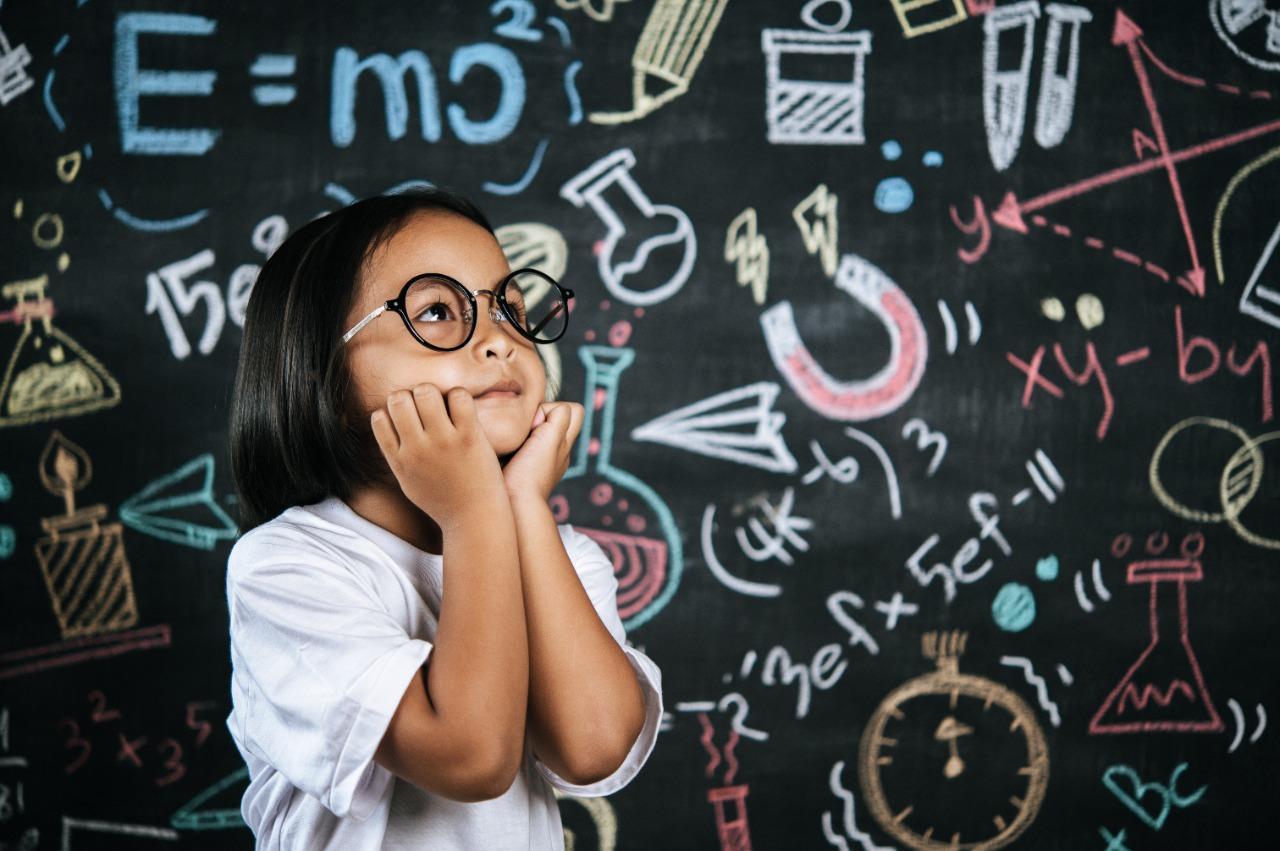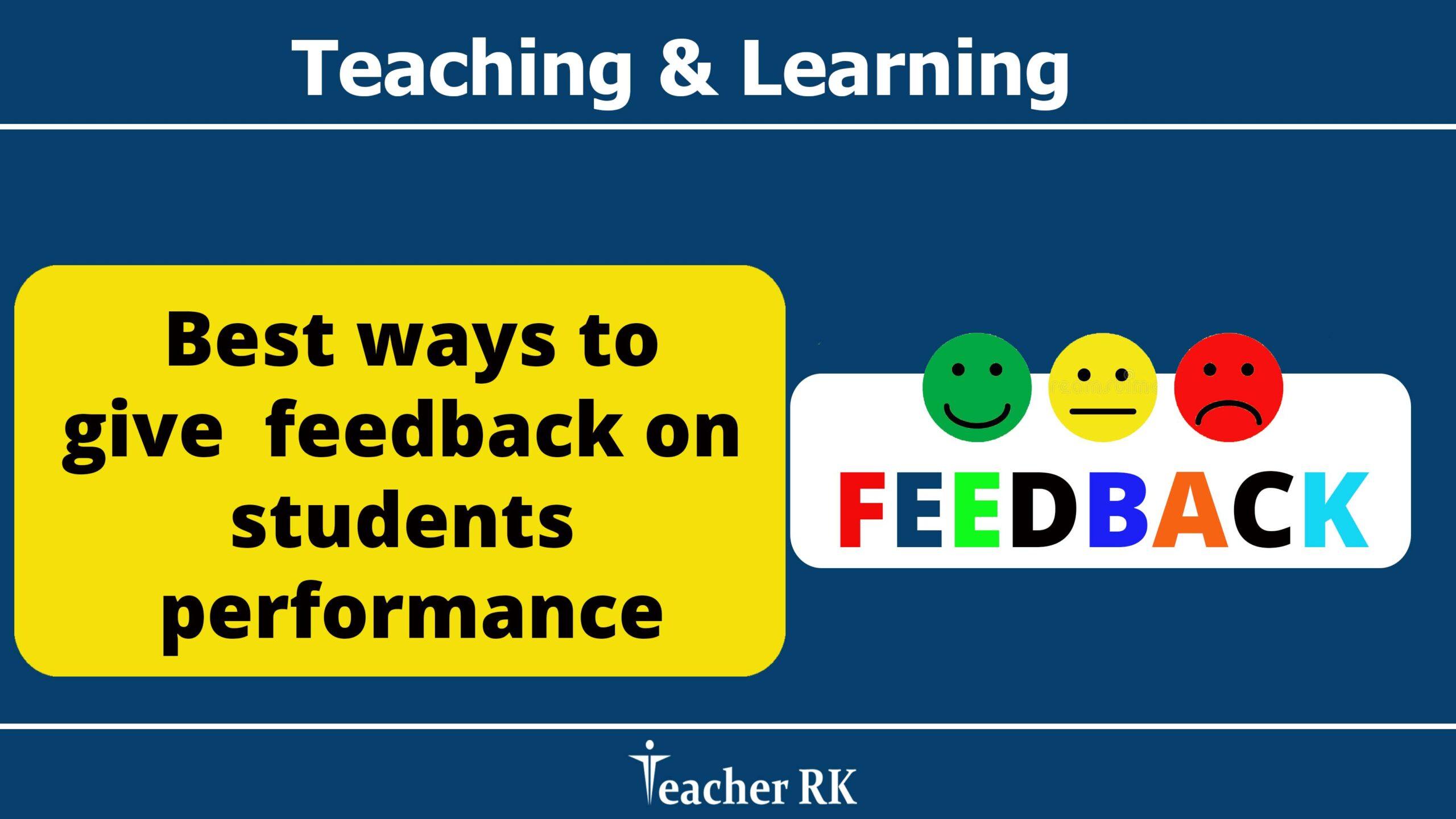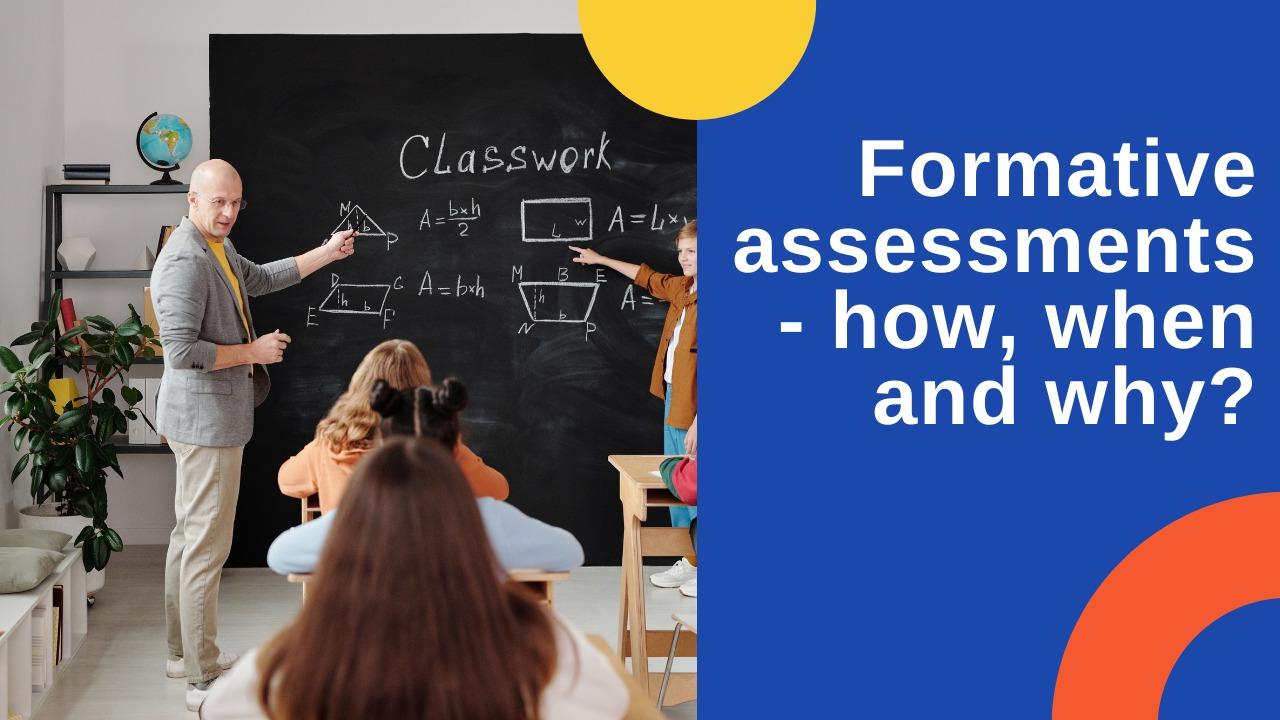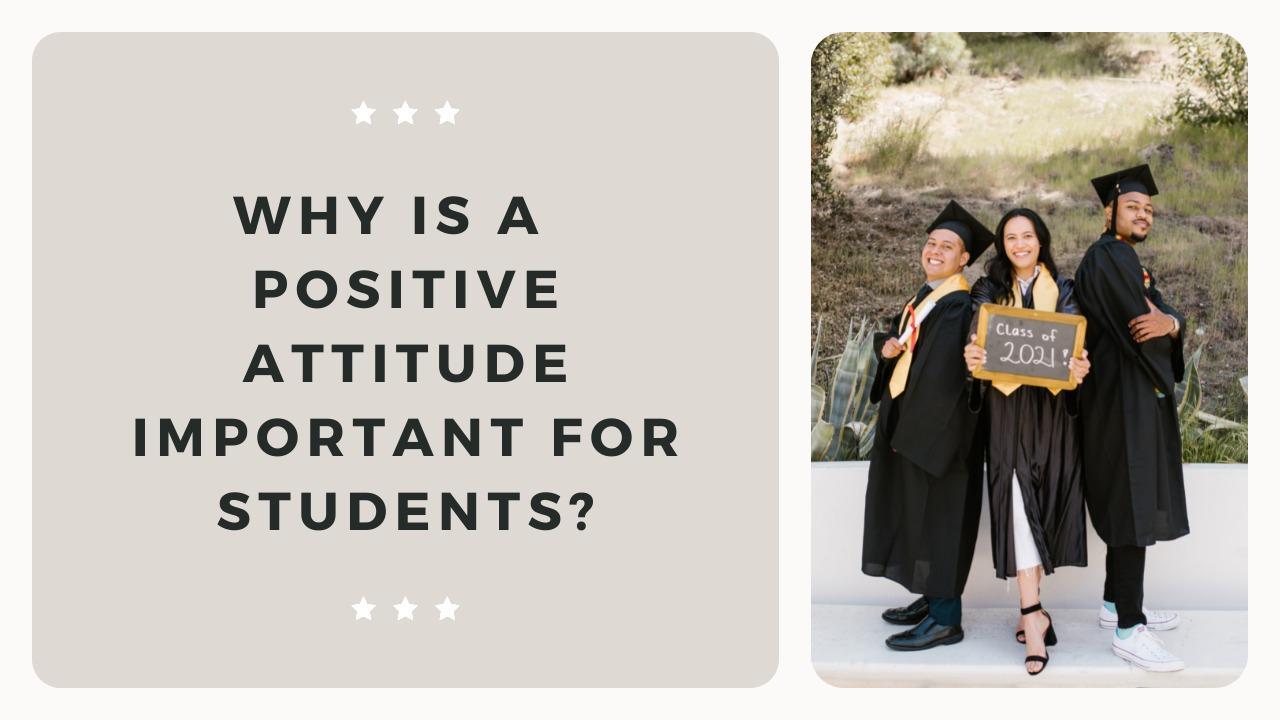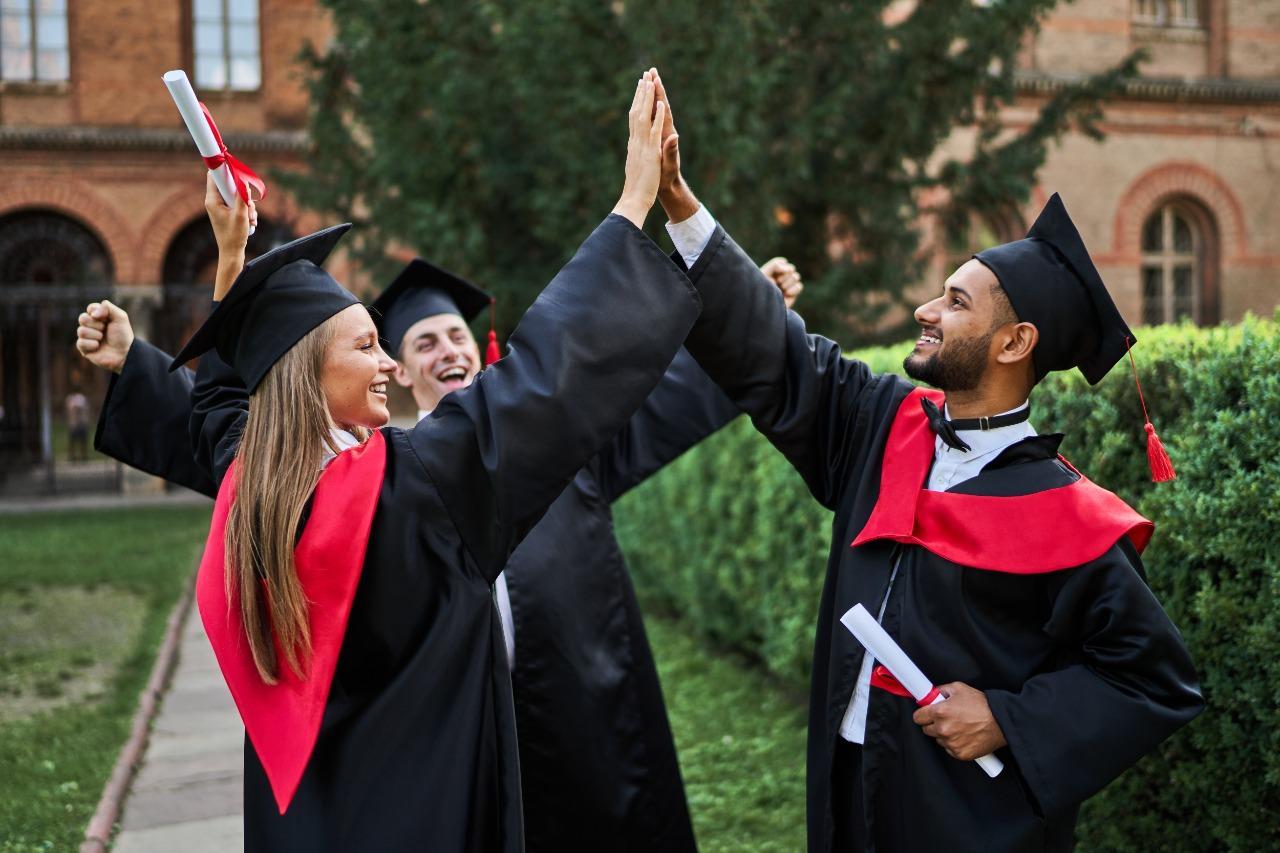Multiple intelligences is a theory of the way our brains process information. Howard Gardner, the proponent of this theory, defined eight different types of intelligences: linguistic, logical-mathematical, musical, spatial, bodily-kinesthetic, interpersonal skills and personal skills.
This theory suggests that we are not all “intelligent” in one way and there is no such thing as an “average” type of intelligence. It also teaches us that if you work with your strongest abilities only then you are fully utilizing your brain’s potential.
He came up with the idea of multiple intelligences in 1983. It has changed how we think about intelligence. Please take a look at the research that backs up his thoughts. People who teach have had to change how they present information or give their students new ways to express themselves to get some people to pay attention.
This could be an example of a student having trouble writing until the teacher gave them the option to make an illustrated story, which turned into a beautiful and complex account. Then, may be, it was a student who couldn’t understand fractions until he drove them out of orange slices. Because of this, many teachers find the idea of multiple intelligences engaging.
It backs up what we already know to be true: Teaching everyone the same way will leave some students behind. If you don’t understand the theory, it can be used with learning styles or used in ways that limit students’ abilities. There is an excess to be said for the idea of multiple intelligences. It’s also important to know what research backs it up.
Howard Gardner’s Eight Intelligence
In the theory of multiple intelligences, people don’t have just one IQ. Instead, they have many different types of intelligence. This is what Howard Gardner, the Harvard professor who came up with the theory, says: There are many types of human intelligence, each representing a different way of processing information:
- Verbal-linguistic intelligence is how well someone can think about and write about information and produce work that includes oral and written language, like speeches, books, and emails.
- Logical-mathematical intelligence is about coming up with equations and proofs, doing calculations, and solving complex problems in a way that doesn’t make sense.
- It is easier for people to understand maps and other types of graphical information if they have good visual-spatial intelligence.
- The ability to make and understand different types of sound is called musical intelligence.
- To be naturalistic, you must tell the difference between different types of plants, animals, and weather.
- Using one’s own body to make things or solve problems is known as bodily-kinesthetic intelligence.
- Having good interpersonal intelligence means figuring out what other people are thinking and feeling.
- Intelligence refers to people’s ability to see and judge the same things in themselves. This is called intrapersonal intelligence.
There is a big difference between multiple intelligences and how people learn
It is common for people to think that learning styles and multiple intelligences are similar. Instead, “multiple intelligences” refers to different types of intelligence. He says that learning styles are how people do different kinds of things.
They have been organized in various ways, like visual, auditory, and kinesthetic, impulsive and reflective, right brain and left brain, and so on, but they are all different. There are no clear rules for defining a learning style, where it comes from, and how to recognize and measure it, says Gardner. He thinks of learning styles as a hypothesis about how each person might deal with a wide range of materials.
Everyone has the eight types of intelligence above at different levels of ability, and even more, it may haven’t been found yet. All learning experiences don’t have to be related to a person’s most vital area of intelligence. A good at learning new languages doesn’t mean they like to learn through lectures.
Someone good at painting might still benefit from using rhymes to remember information. Learning isn’t a one-size-fits-all thing, and it’s important not to categorize students into a single type. As Gardner says, when someone knows a lot about a subject, they can usually think of it in many different ways.
Multiple Intelligences Theory can teach us about what we can learn from it
While more research is needed to figure out the best ways to measure and support a wide range of intelligence in schools, the theory has given us the chance to think about intelligence differently. As a teacher, it is essential to think about how information can be shown. In other words, don’t make students into specific types of learners or believe that they’re all born with the same kind of intelligence.
Practices that are supported by research
There are multiple methods to train and understand, and having a toolbox full of different ways to show students what they’re learning is essential for making learning more accessible to all of them.
To build this toolbox, it is essential to keep track of students’ strengths and weaknesses, their developing interests, and activities they don’t like, and what they want and don’t like. Research has shown that teaching fractions in various ways, like musical notes and flower petals, are an excellent way to help them learn. Specifically:
- Learning is better when students have a lot of ways to get information (Hattie, 2011).
- Providing students with various ways to show off their knowledge and skills makes them more excited about learning and helps teachers get a more accurate picture of their student’s knowledge and skills, too (Darling-Hammond, 2010).
- Whenever possible, teachers should learn as much as possible about each student’s strengths, needs, and areas for growth before they start teaching them (Tomlinson, 2014).
Scientific research may come out in the future that explains more about multiple intelligences, learning styles, or another theory. As our curiosity about how we learn grows, so will the number of ideas out there.
Conclusions
The impact of this theory is huge as it allows educators to find ways to teach each student in their own way so they can maximize their potential and not just rely on one method of teaching that only works for
Knowing the importance of multiple intelligences is essential for students who want to succeed in the world. It will help them to know how they learn best and what type of jobs they would be suited for or should pursue. It also helps to understand students from other cultures because there are many different types of intelligent mindsets.
Becoming aware about these intelligences will create a more inclusive society where everyone has a chance at success and progress.

